From a small population of distant ancestors, hundreds of varieties or strains of cannabis have evolved. These variations can all be traced back to human actions, both intentional and accidental.
Ancient producers, knowing the basics of breeding, selected cannabis based on its various beneficial properties. Those who needed fibre grew the seeds of long-stemmed plants with good fibrous properties. Gradually, their descendants also became tall, straight-stemmed plants with few branches. Other producers were more interested in seeds and oil. They developed large-seeded, bushy plants, which produced an abundance of seeds. Marijuana growers who were interested in the plant’s mind-altering potential chose plants that bloomed with abundant resin and psychoactive substances.
The subsequent variations of cannabis are astounding. In Italy, where hemp fibre supplies a significant textile and paper industry, some types of fibre can grow up to 4.5 metres in one season. Other Italian varieties only reach one and a half or two metres in height, but they have slender, straight stems that provide very good quality fibre. In Southeast Asia, some marijuana plants only grow to a height of about one metre, but they have dense foliage and are heavy with resin. Other varieties of marijuana grow 2 to 3 metres tall in one season and produce more than half a kilo of cannabis per plant.
Plant breeding is a conscious act. However, the evolution of the plant was influenced by soils and climates different from its place of origin. A plant, whether cultivated or a literal weed, must adapt to its environment. Each new country and growing situation would bring new conditions and survival problems for cannabis. The plant has adapted and harmonised to new environments so successfully that today it is considered the most widespread of cultivated plants.
In French, cannabis is sometimes called "Le Chanvre Troumper", or "tricky hemp", referring to its immeasurable adaptability. The word adaptable actually has two meanings: the first refers to how a population of plants (its original genetic stock) adapts to local conditions over a period of generations. For example, a garden with plants that bloom late at the end of the season does not have time to produce seeds in the north. Next year's harvest will only come from early flowering plants. Most will resemble their parents and will bear fruit early.
Adaptable is a term that also applies to the individual plant, the phenotype, and basically means that cannabis is hardy and resistant – a survivor among plants. It thrives in a wide variety of environmental conditions, up to 10,000 feet in the Himalayas, in the tropical valleys of Colombia, or on the cool and rainy New England coast.
Through breeding and natural selection, cannabis has evolved in several directions. Botanically and historically, the genus is so diverse that many growers are confused by the mythology, exotic names, and apparent contradictions surrounding the plant. Many of the contradictions are explained by understanding how diverse cannabis is. There are hundreds of wild and cultivated varieties. Cultivated varieties are grown only for hemp, oil and marijuana. The varieties differ significantly in all visible characteristics. Different strains can range from a height of half a metre to four and a half metres, and the branch from dense to completely loose, from long ( two metres ) to short ( a few centimetres ), and so forth, The different branch patterns shape the plant into a cylindrical, conical or oval shape, grouped or scattered. The leaf, the stem, the colour and shape of the seeds and the flower are all variable properties that differ between varieties. The lifespan can be as short as three months or as long as a few years. And most importantly, different species differ greatly in the amount and quality of resin they release, and thus their psychoactive properties and value as cannabis.
The taxonomy of cannabis has never really been done sufficiently. Early research placed the genus cannabis in either the Moraceae or Urticaceae (Nettles) families. It is now generally agreed that this plant belongs to a separate family, the Cannabaceae family, along with another species, like Humulus, i.e. hops.
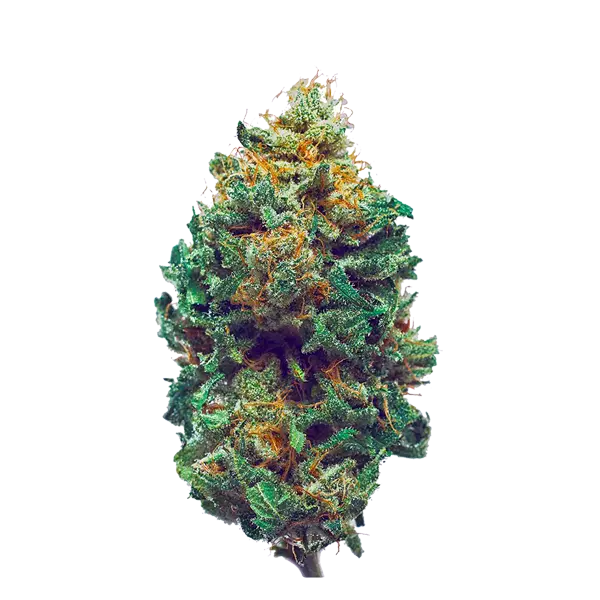
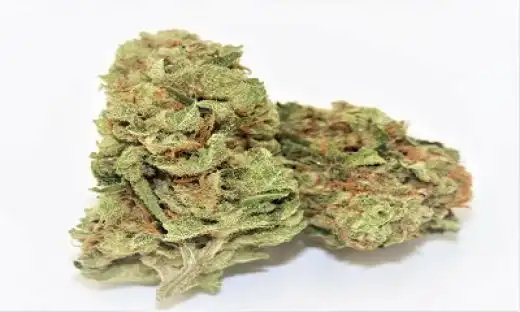



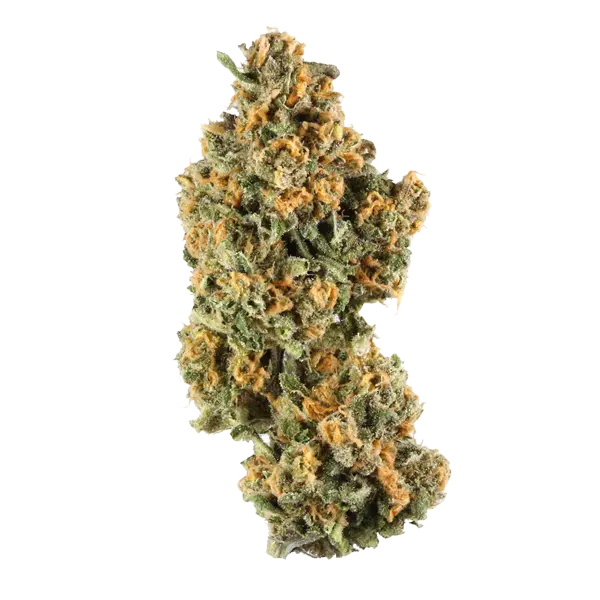
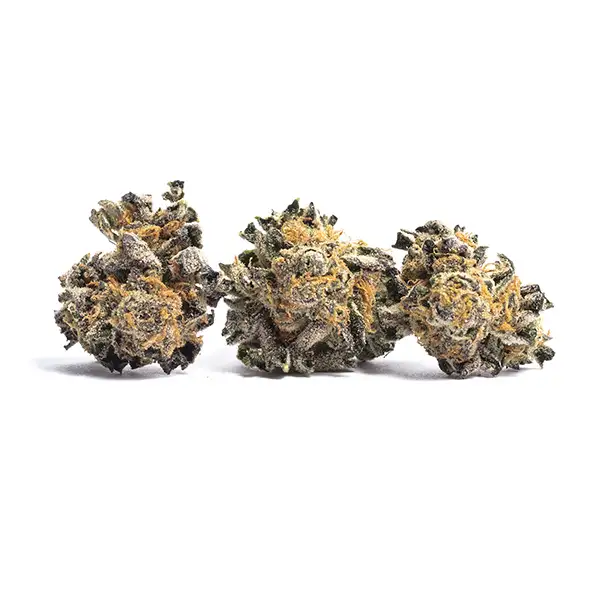
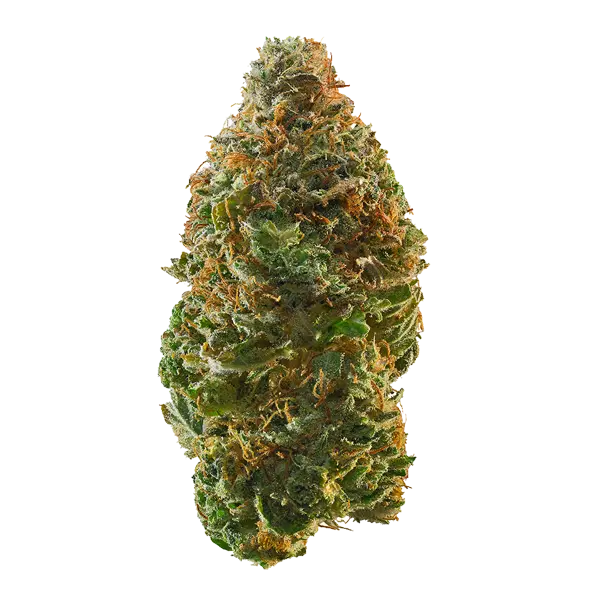
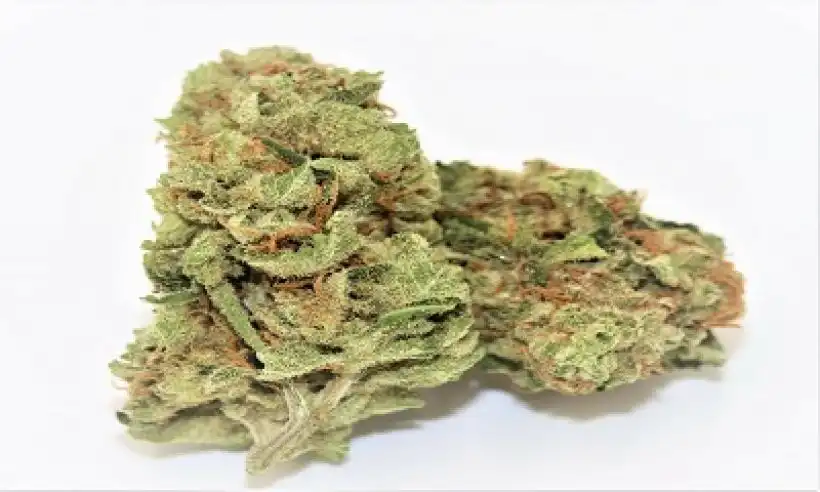
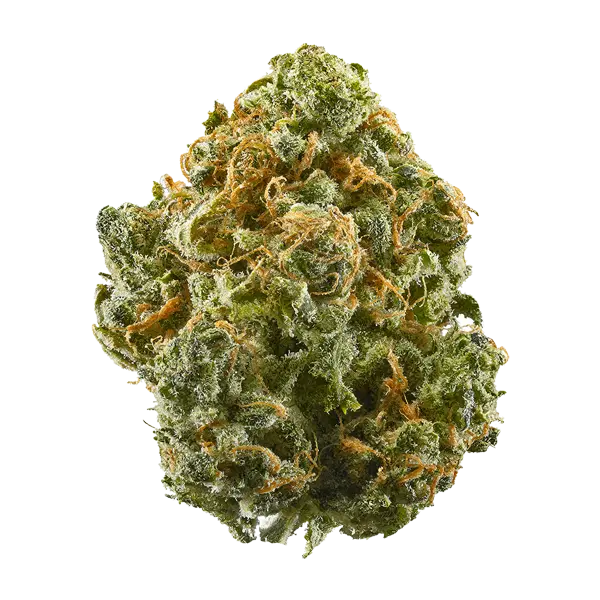
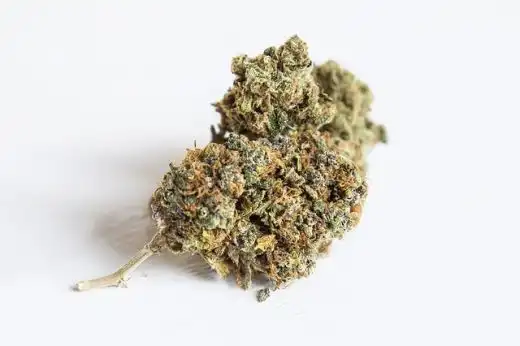
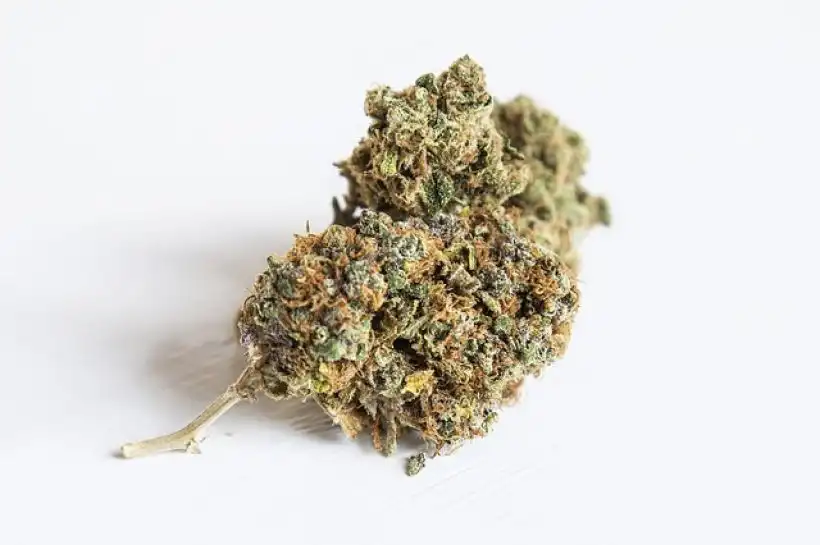

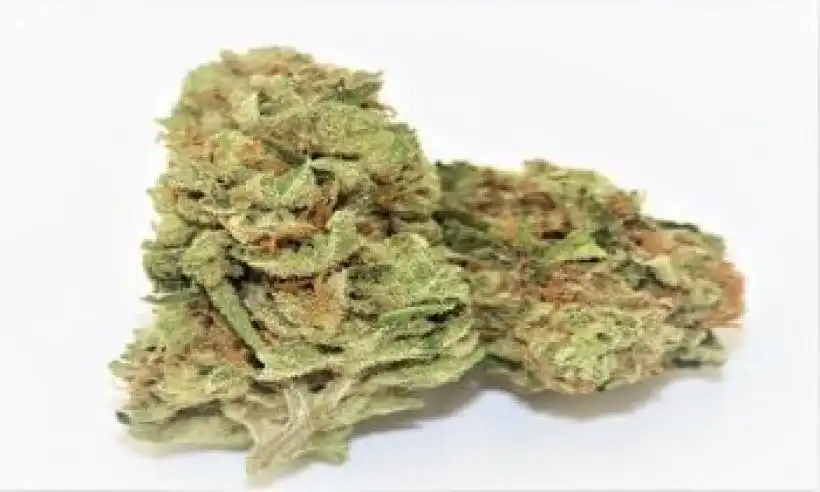

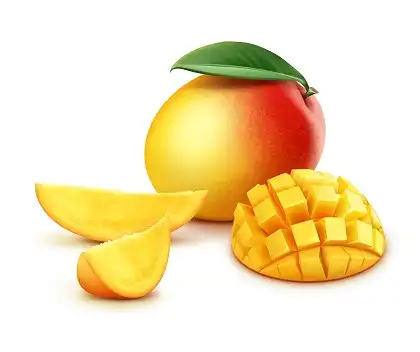
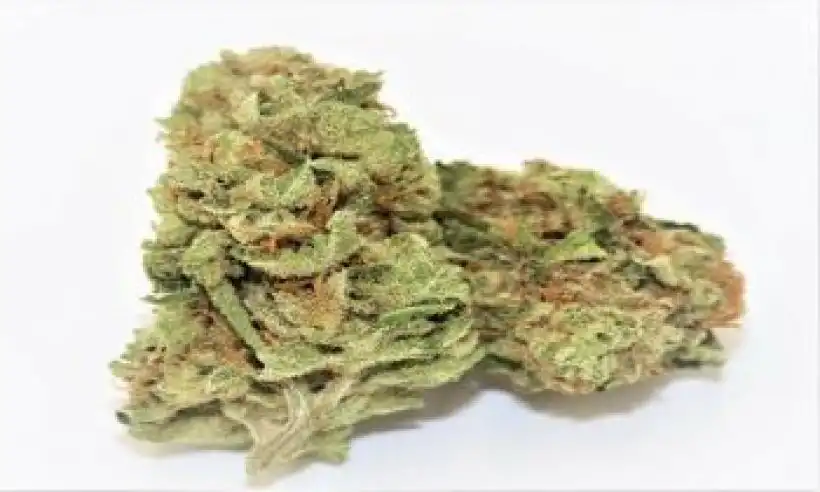
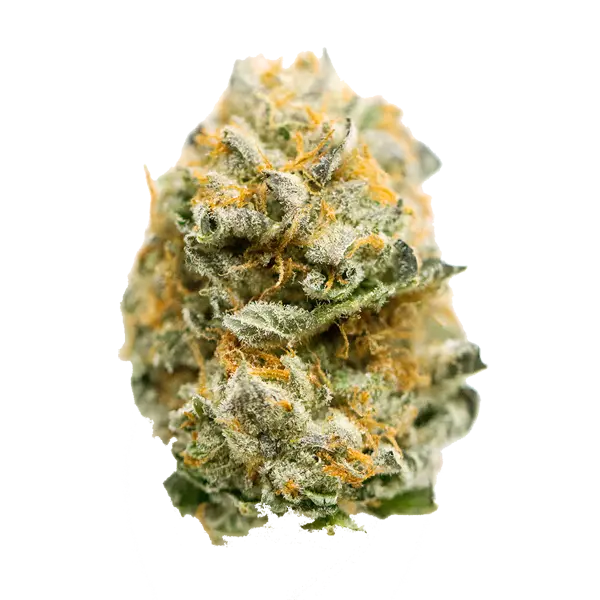
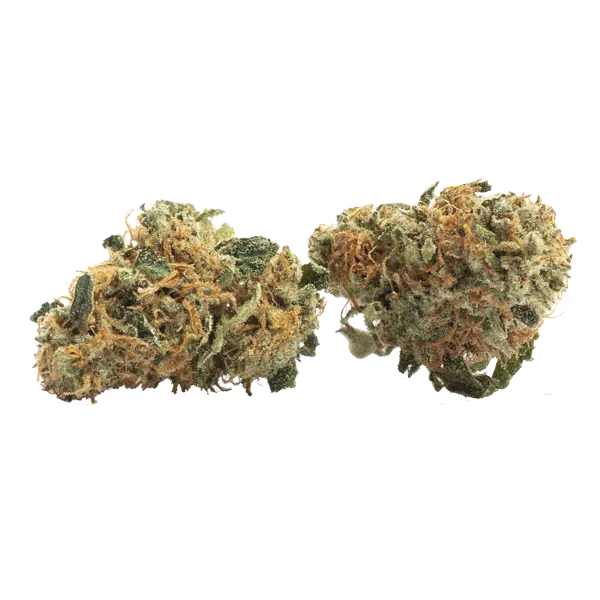
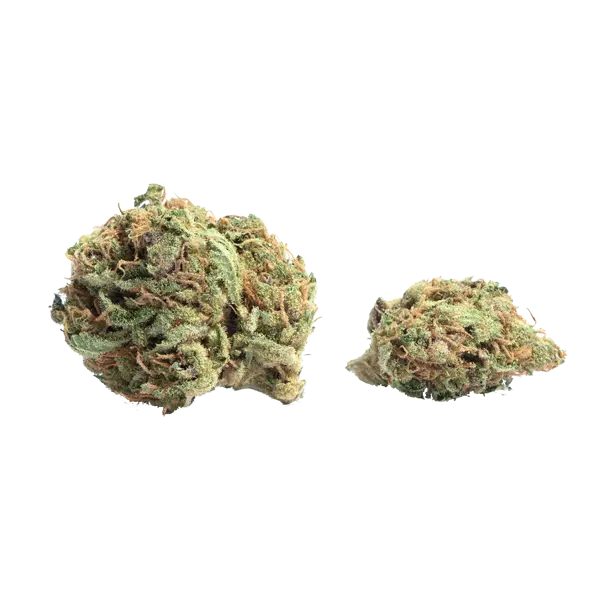
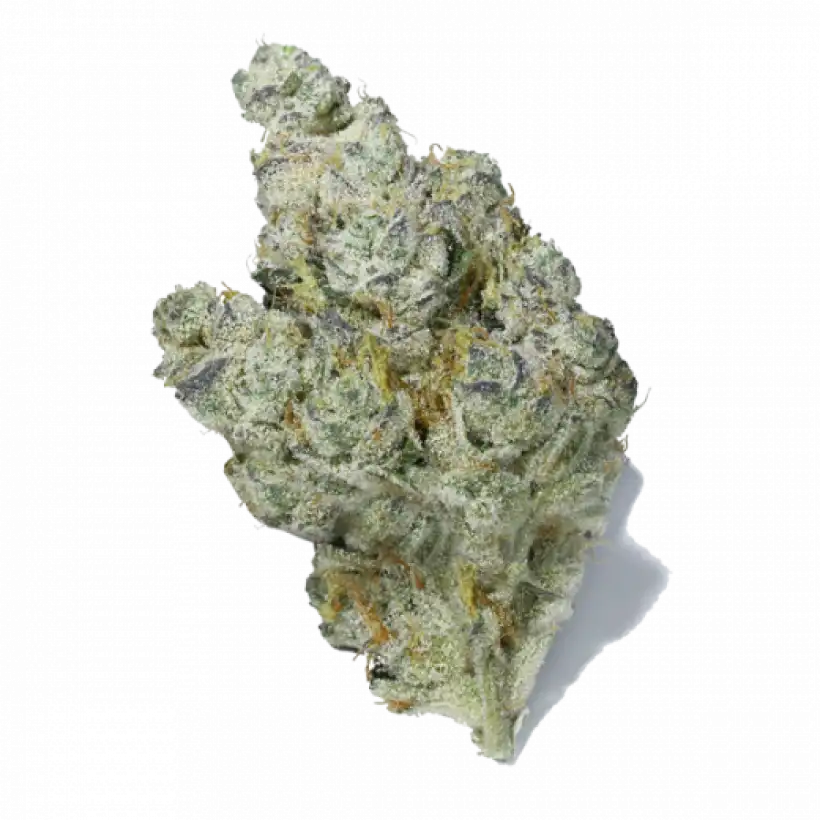
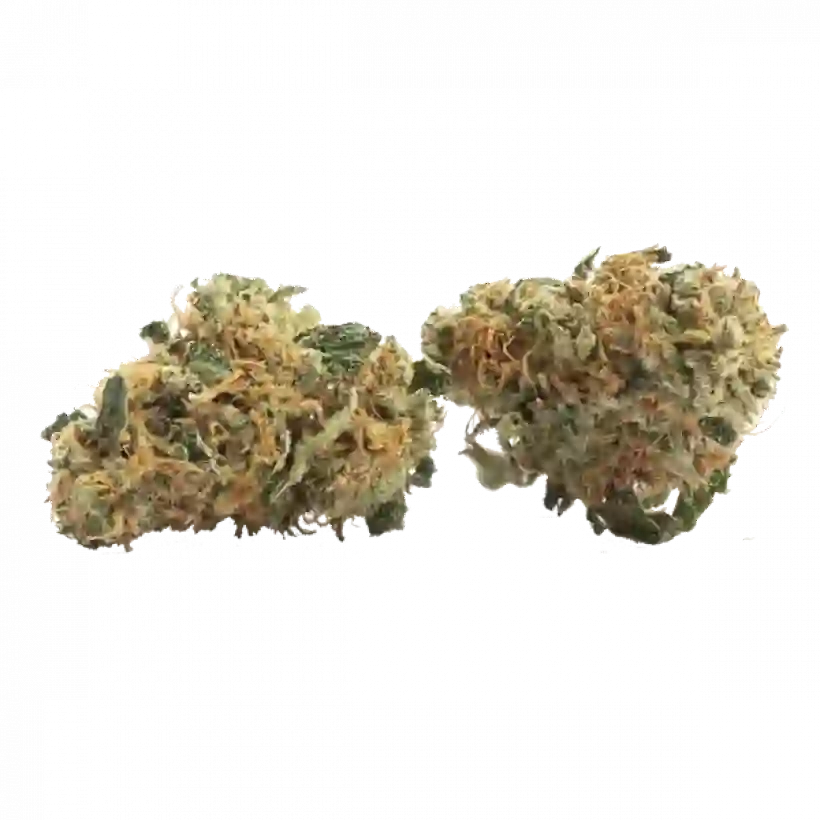
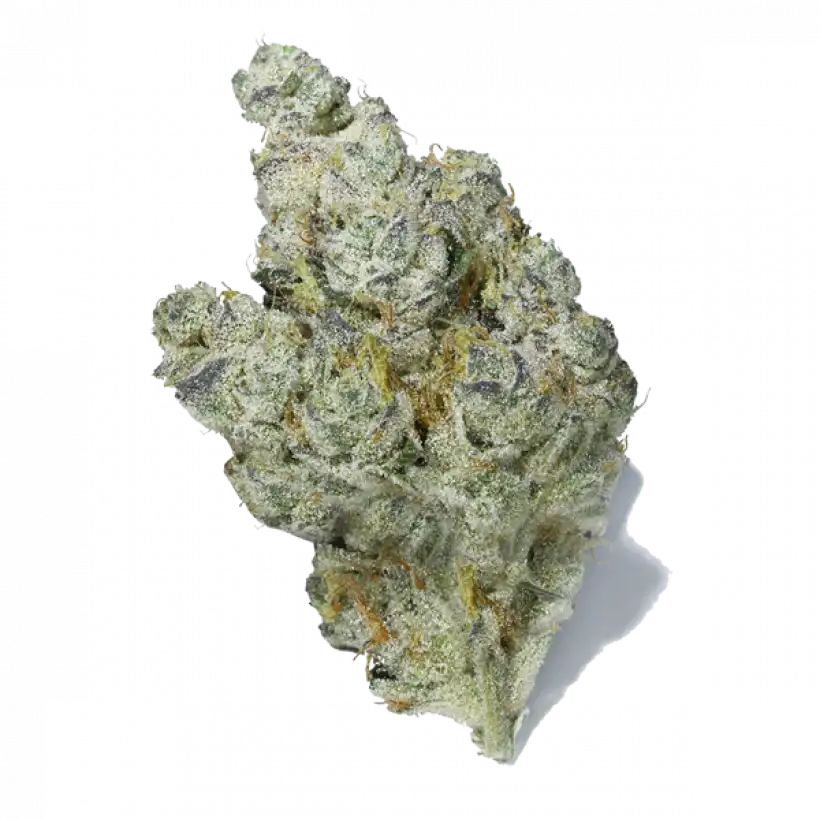

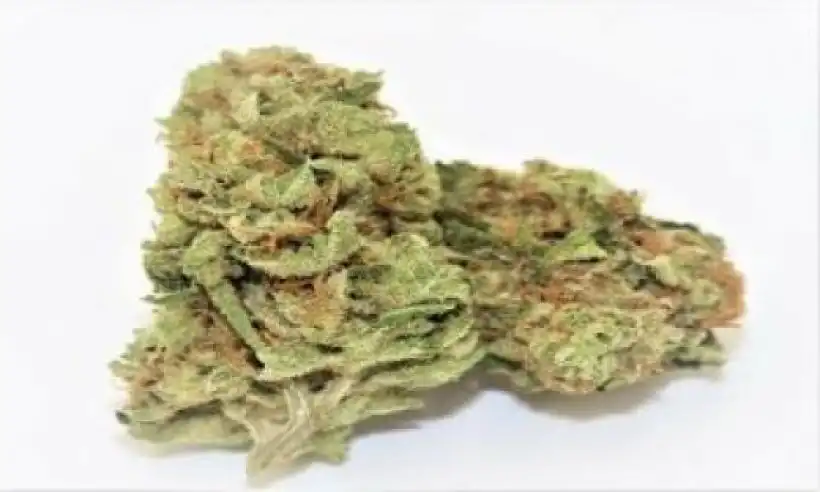
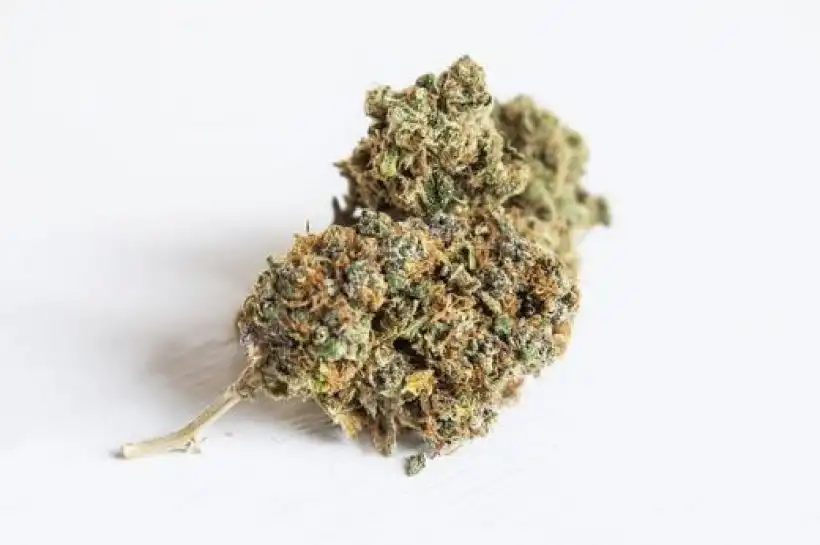

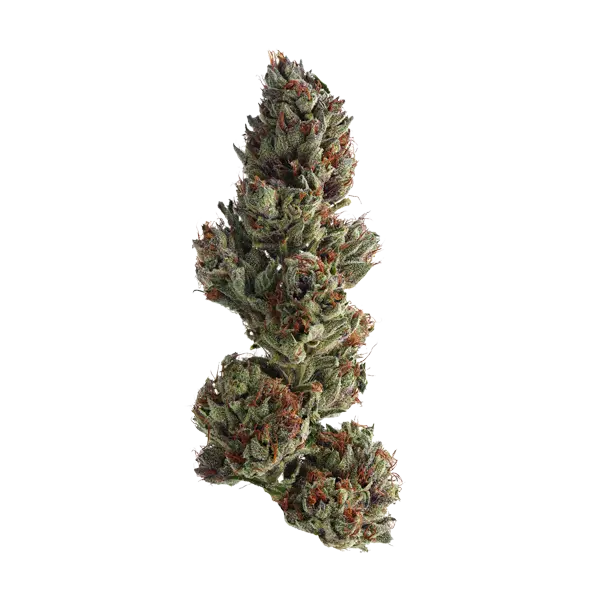
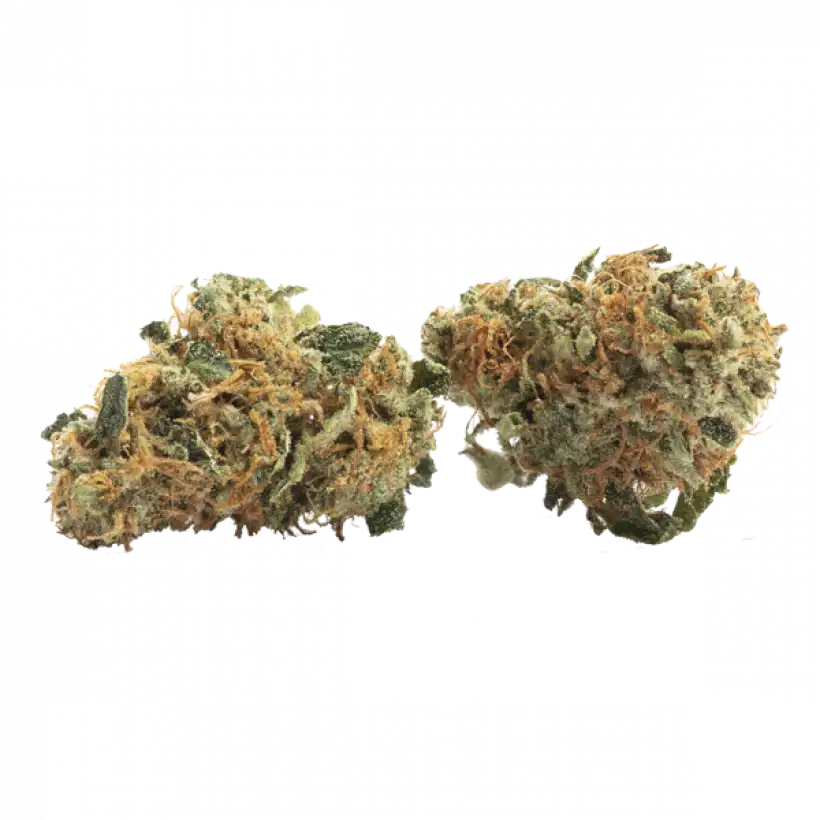
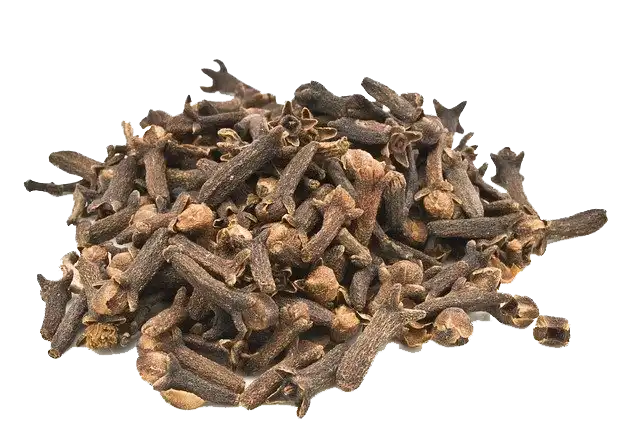
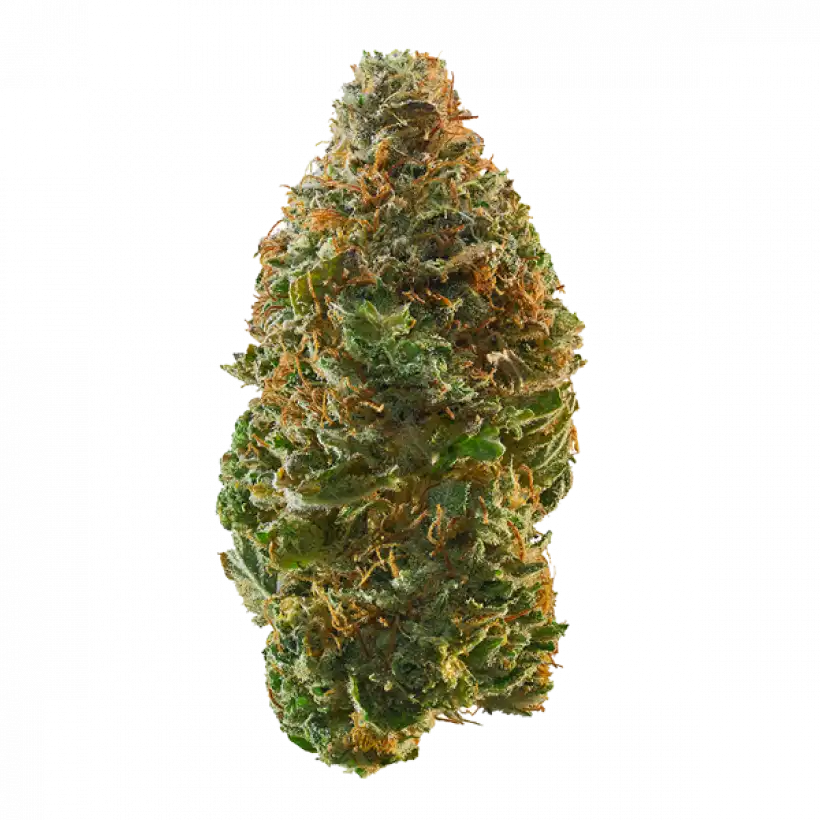
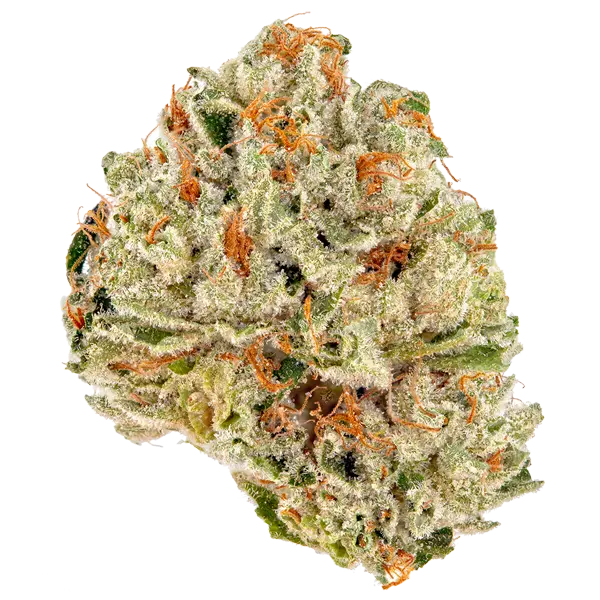
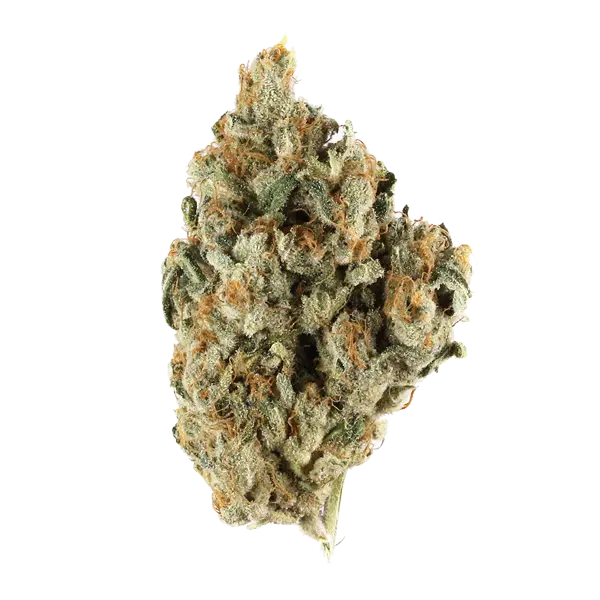
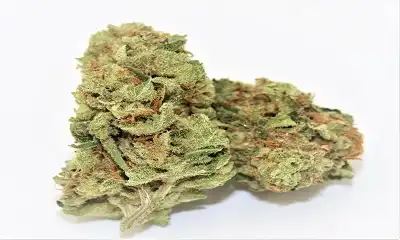
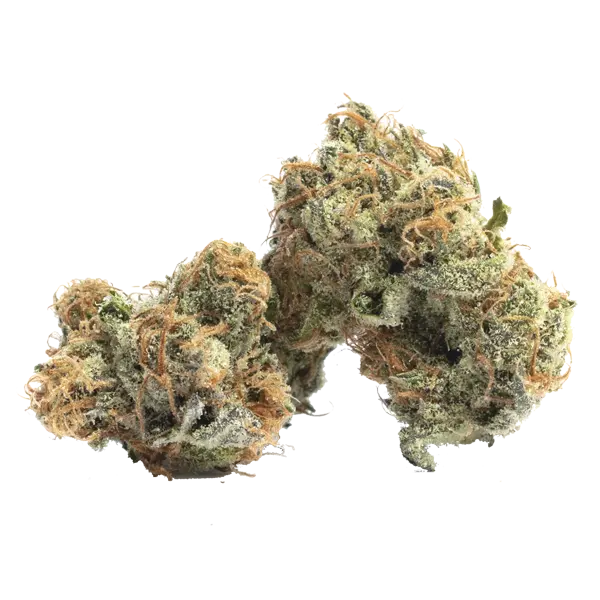
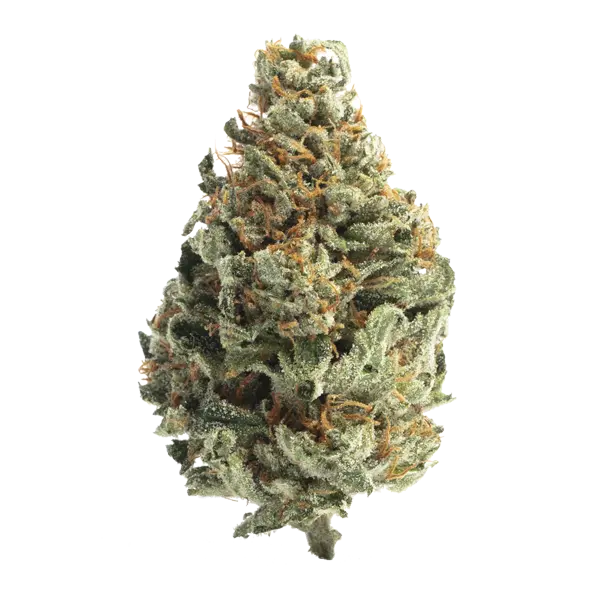

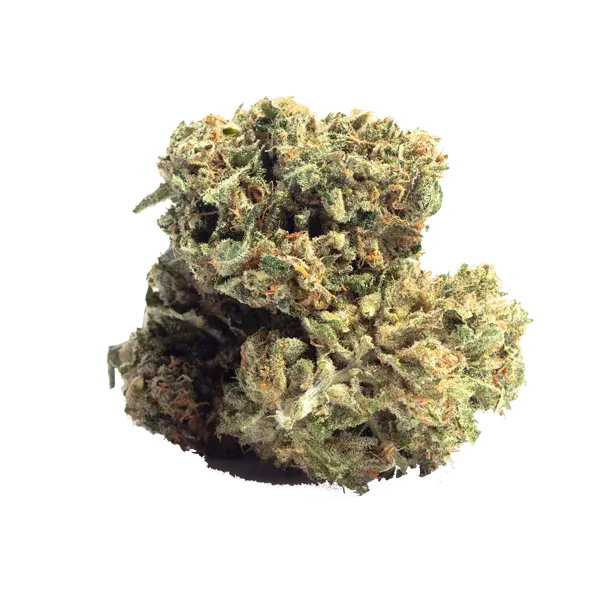

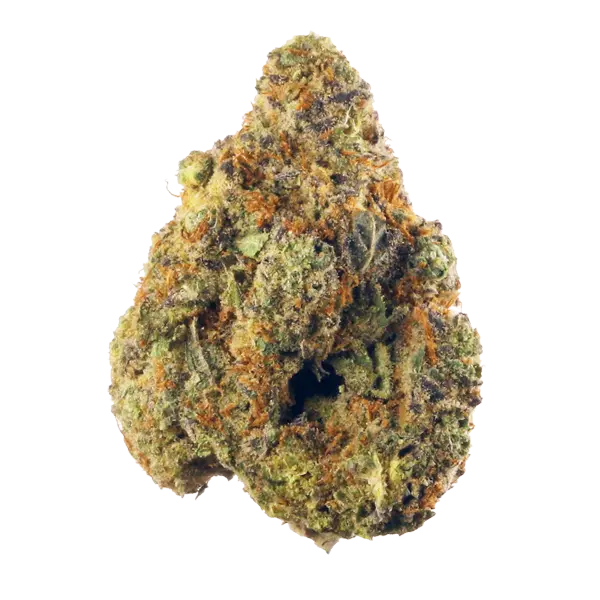
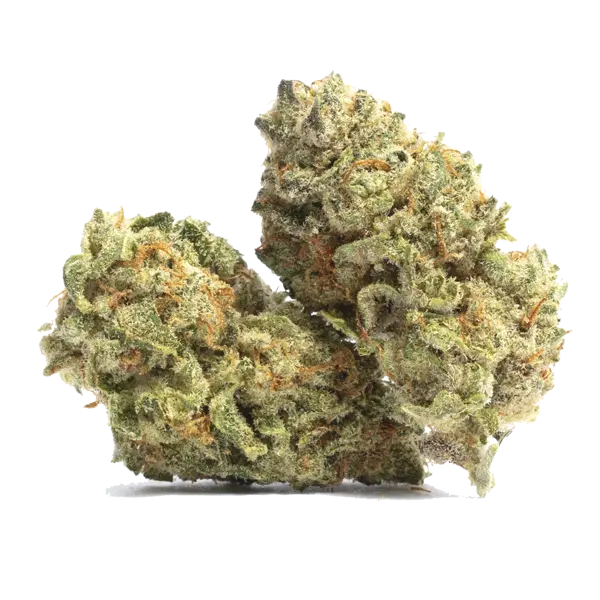

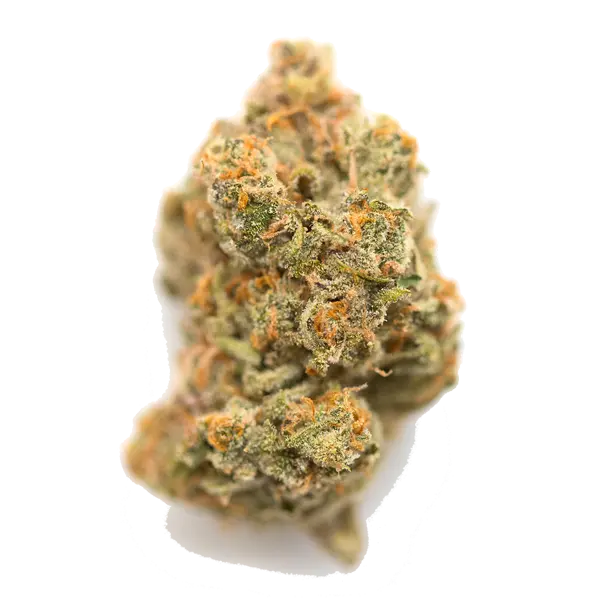

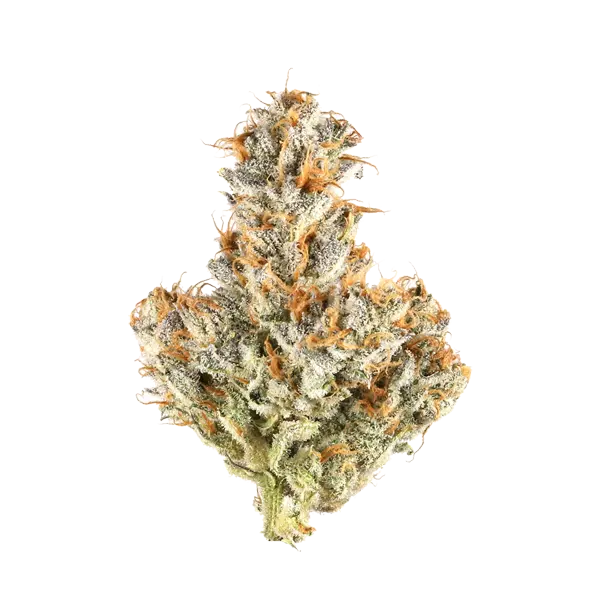



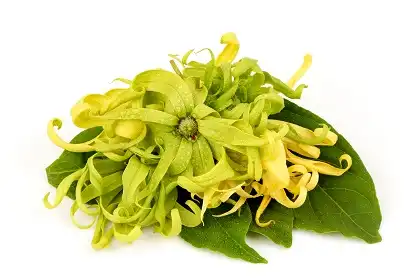
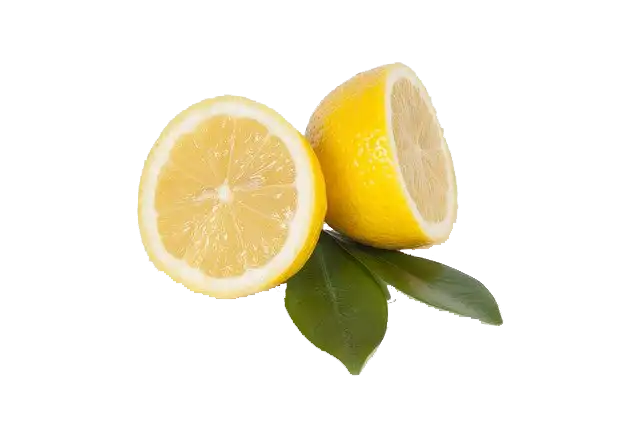

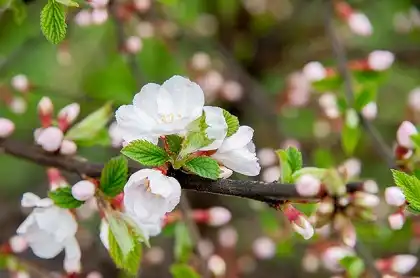



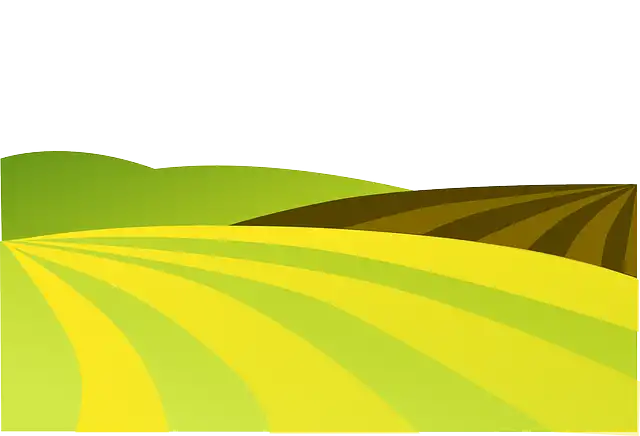
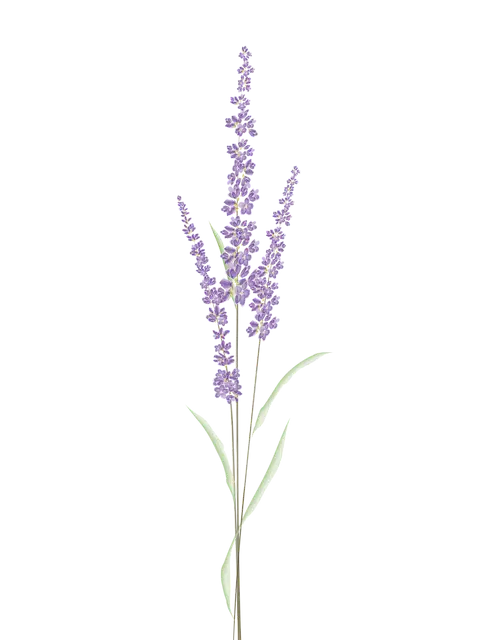




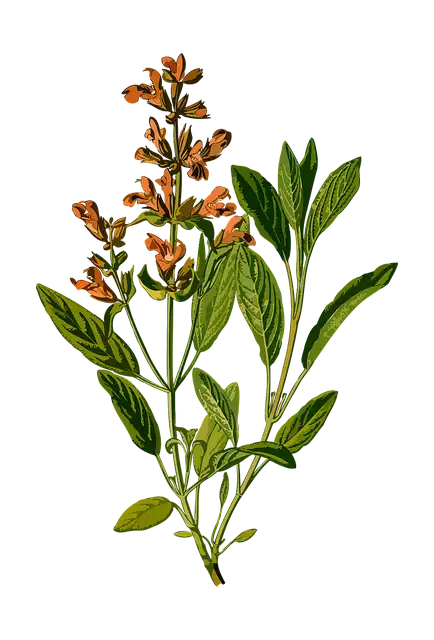

 Cannabis Withdrawal: What Is It
Cannabis Withdrawal: What Is It








